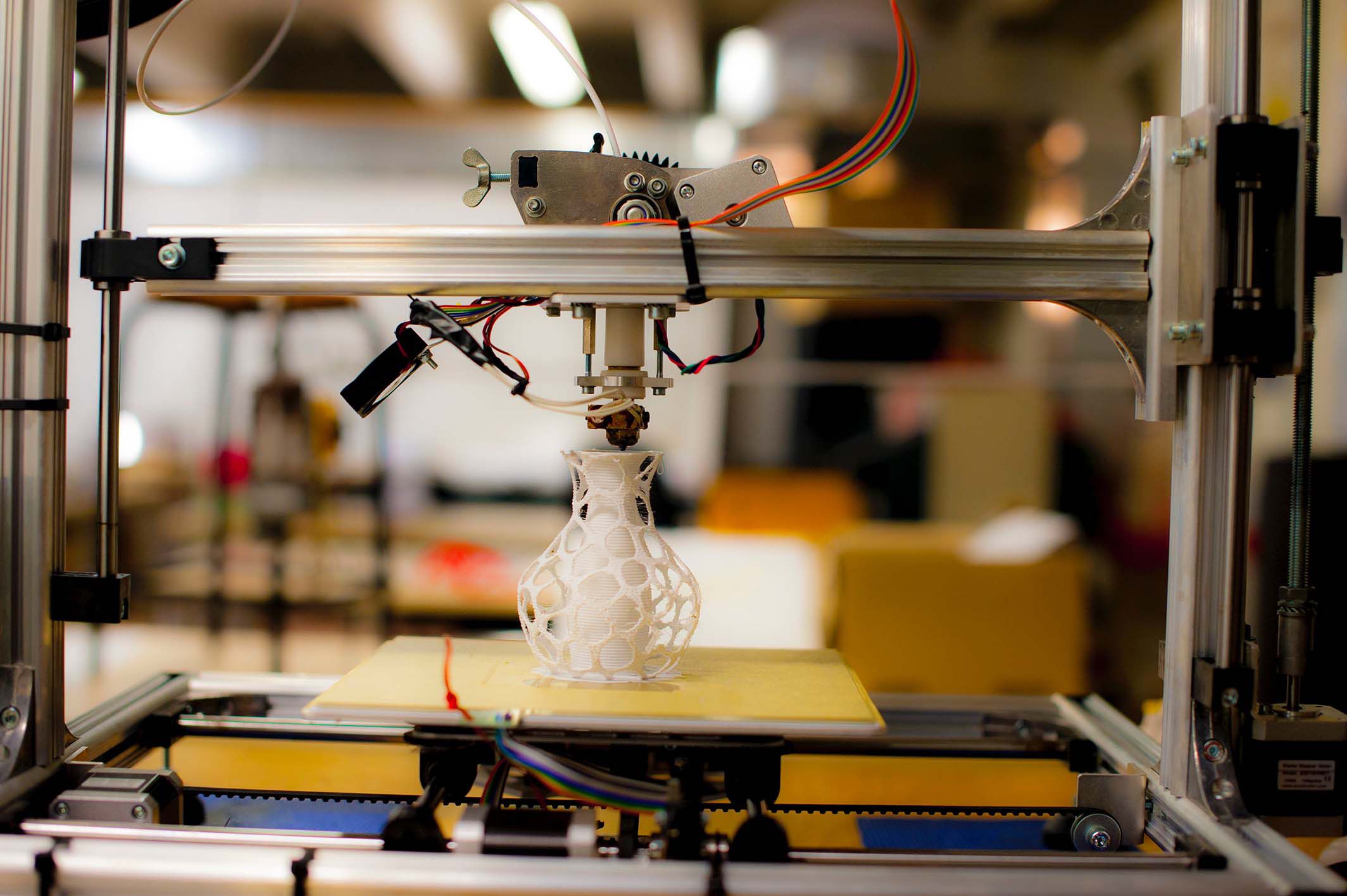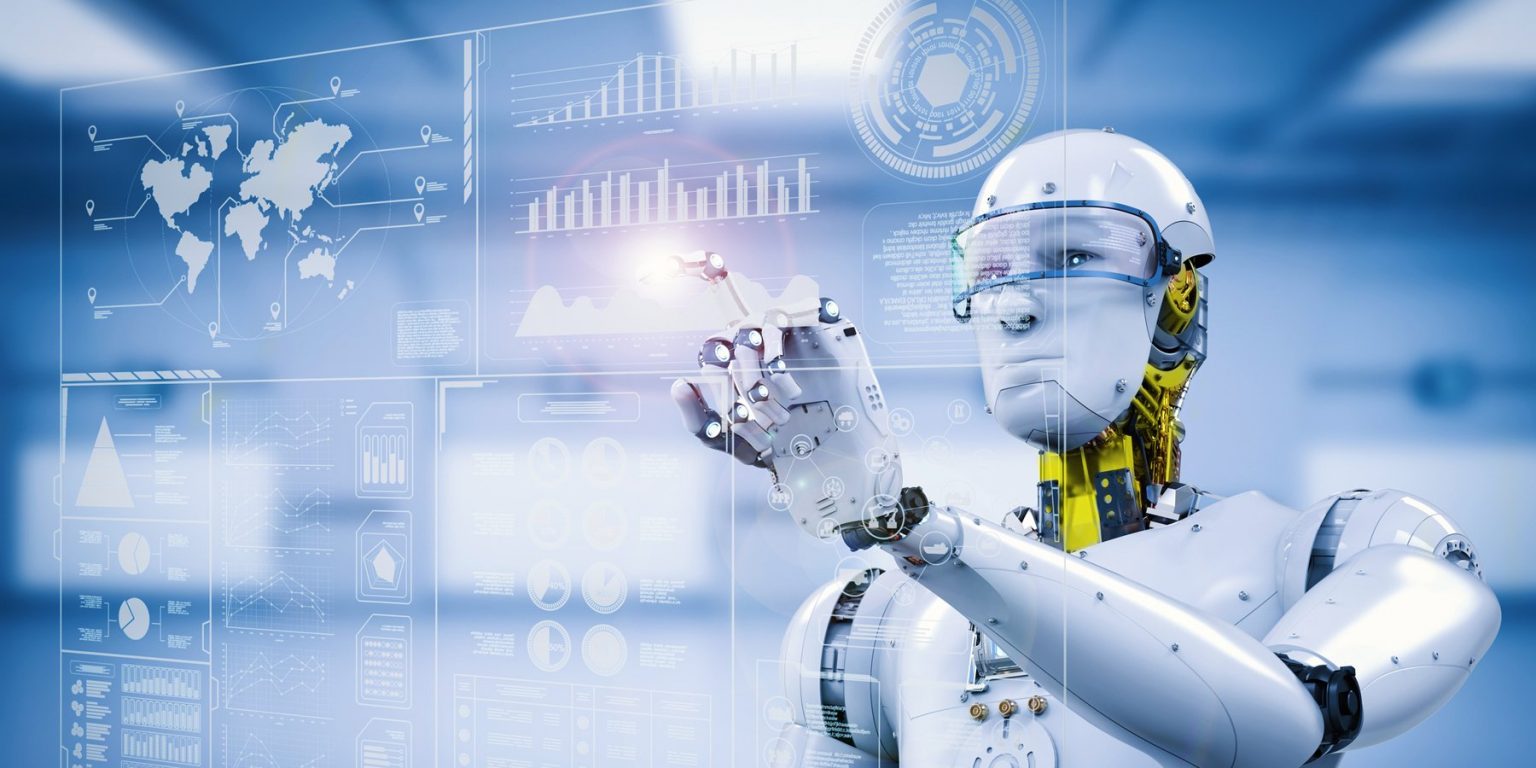In today’s digital age, voice recognition technology has become increasingly prevalent in our daily lives. From virtual assistants like Siri and Alexa to voice-enabled devices like smart speakers and cars, voice recognition technology is changing the way we interact with machines. With the rapid advancements in artificial intelligence and natural language processing, voice recognition technology is only going to get more sophisticated, and its potential applications are endless. In this blog post, we will explore the power of voice recognition technology and how it is revolutionizing the way we interact with machines.
1. The Rise of Virtual Assistants Voice recognition technology has led to the rise of virtual assistants, such as Apple’s Siri, Amazon’s Alexa, and Google Assistant. These virtual assistants use voice recognition technology to interpret spoken commands and perform tasks such as setting reminders, playing music, or answering questions. With the increasing popularity of these virtual assistants, voice recognition technology has become an integral part of our daily lives.
2. Transforming Customer Service Voice recognition technology is also transforming customer service. Many companies are using voice recognition technology to automate customer service inquiries, allowing customers to quickly and easily get the information they need. This can include anything from checking the status of an order to scheduling an appointment.
3. Advancements in Natural Language Processing Advancements in natural language processing have made it possible for machines to understand the nuances of human speech, including slang, dialects, and accents. This has made voice recognition technology more accurate and reliable, allowing for more natural and fluid interactions between humans and machines.
4. Voice-Enabled Devices Voice recognition technology has also led to the development of voice-enabled devices, such as smart speakers and cars. These devices use voice recognition technology to enable hands-free operation, allowing users to control their devices without having to physically interact with them. This has made these devices more accessible and convenient for users.
5. Accessibility for People with Disabilities Voice recognition technology has made it easier for people with disabilities to interact with machines. For example, people with visual impairments can use voice recognition technology to control their devices, while people with mobility impairments can use voice commands to perform tasks that might otherwise be difficult or impossible.
In conclusion, voice recognition technology is revolutionizing the way we interact with machines. From virtual assistants to voice-enabled devices, voice recognition technology has the potential to make our lives more convenient, accessible, and efficient. As advancements in artificial intelligence and natural language processing continue, the possibilities for voice recognition technology are endless.








